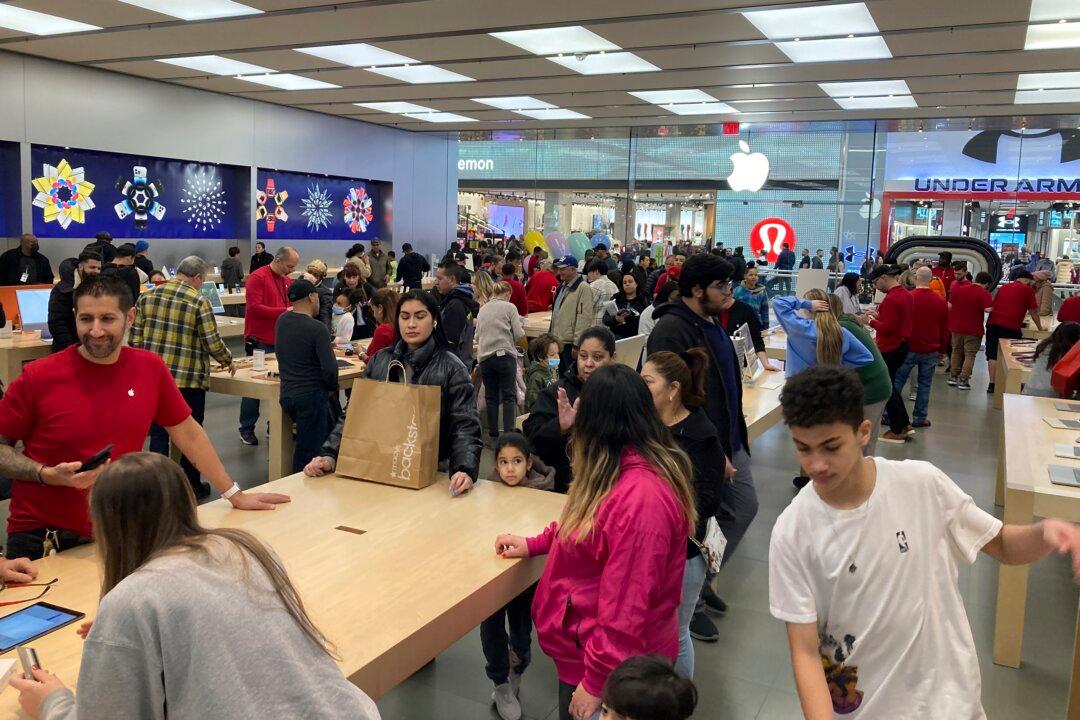U.S. retail sales pushed higher last month, as they beat forecasts in the face of inflationary pressures, but this may be due to one-time factors.
American consumers continue to spend despite persistently high inflation, as retail and food services sales in January rose 3 percent, for a total of $697 billion, according to Feb. 15th data from the U.S. Census Bureau.





